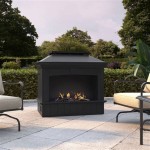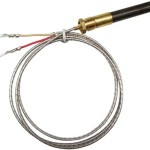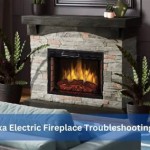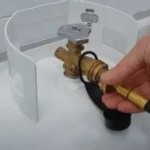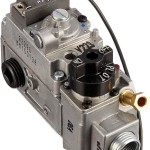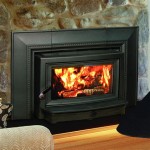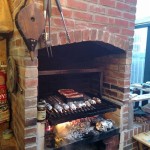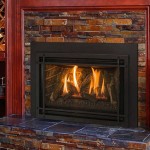The Essential Aspects of Wood Stoves and Fireplaces: A Comprehensive Guide
Wood stoves and fireplaces have been a source of warmth and comfort for centuries. They not only provide heat during cold winters but also create a cozy and inviting ambiance. However, before purchasing a wood stove or fireplace, it's essential to understand the key aspects that affect their performance, safety, and overall experience.
1. Heat Output and Efficiency
The heat output of a wood stove or fireplace is measured in British Thermal Units (BTUs). Higher BTU ratings indicate a greater heating capacity, but it's important to choose a unit that matches the size of the space you want to heat. Efficiency refers to the amount of heat produced compared to the amount of fuel burned. Look for stoves or fireplaces with high efficiency ratings to maximize heat output while minimizing fuel consumption.
2. Fuel Type
Wood stoves and fireplaces typically burn seasoned hardwood, such as oak, maple, or birch. Seasoned wood has less moisture content and burns more efficiently, releasing more heat. It's important to avoid burning softwoods like pine or fir, as they produce excessive smoke and creosote, which can damage the stove or fireplace and create a chimney fire hazard.
3. Safety Features
Safety is paramount when using a wood stove or fireplace. Ensure that the unit is installed by a certified professional and meets all local building codes. Look for stoves or fireplaces with safety features such as air-tight doors, ash pans, and chimney caps. These features help control the fire, prevent sparks from escaping, and reduce the risk of chimney fires.
4. Emissions and Environmental Impact
Wood stoves and fireplaces can release emissions into the air, including particulate matter and carbon monoxide. Modern stoves and fireplaces are designed to minimize emissions through the use of catalytic converters or other technologies. Consider choosing a unit that meets the Environmental Protection Agency's (EPA) emission standards to reduce its environmental impact.
5. Maintenance and Cleaning
Wood stoves and fireplaces require regular maintenance and cleaning to ensure optimal performance and safety. This includes cleaning the flue, removing ash, and inspecting the unit for any damage or wear. It's also important to have the chimney inspected and cleaned annually by a qualified chimney sweep to prevent creosote buildup and chimney fires.
By carefully considering these essential aspects, you can choose a wood stove or fireplace that meets your specific needs and preferences. These units can provide warmth, comfort, and a touch of rustic charm to your home for many years to come.

Wood Stoves Vs Fireplaces Burning Hearth S

Fireplace Vs Stoves Pros Cons Dc Service

What Are The Benefits Of A Wood Stove Versus Traditional Fireplace

Freestanding Wood Burning Stoves Sierra Hearth And Home

What Is A Freestanding Wood Stove Fireplace Service Experts

Wood Stove Or Fireplace It S No House And Hammer

Wood Burning Stoves In Milton Keynes Inspirations

What S Best A Fireplace Stove Or Insert We Love Fire

How To Heat Your House With Just A Wood Burning Stove Chesneys

Wood Burning S Hearthstone Stoves Vermont
Related Posts

